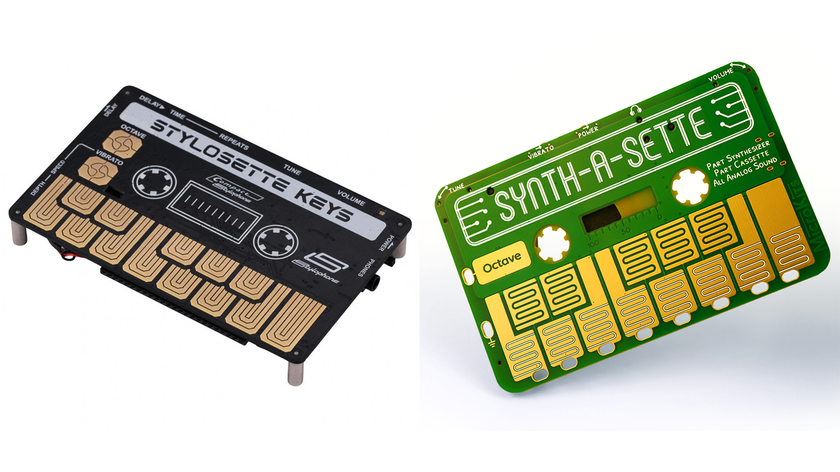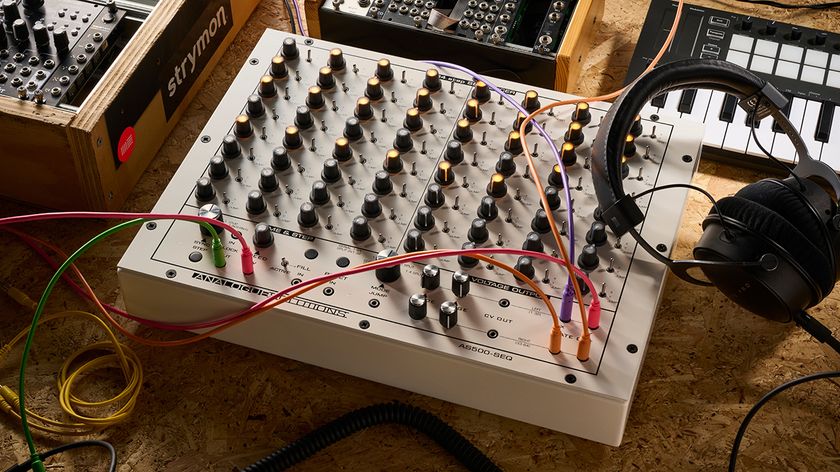Novation embraces analogue with the Peak synth and Circuit Mono Station groovebox
Two big new products launched at Superbooth
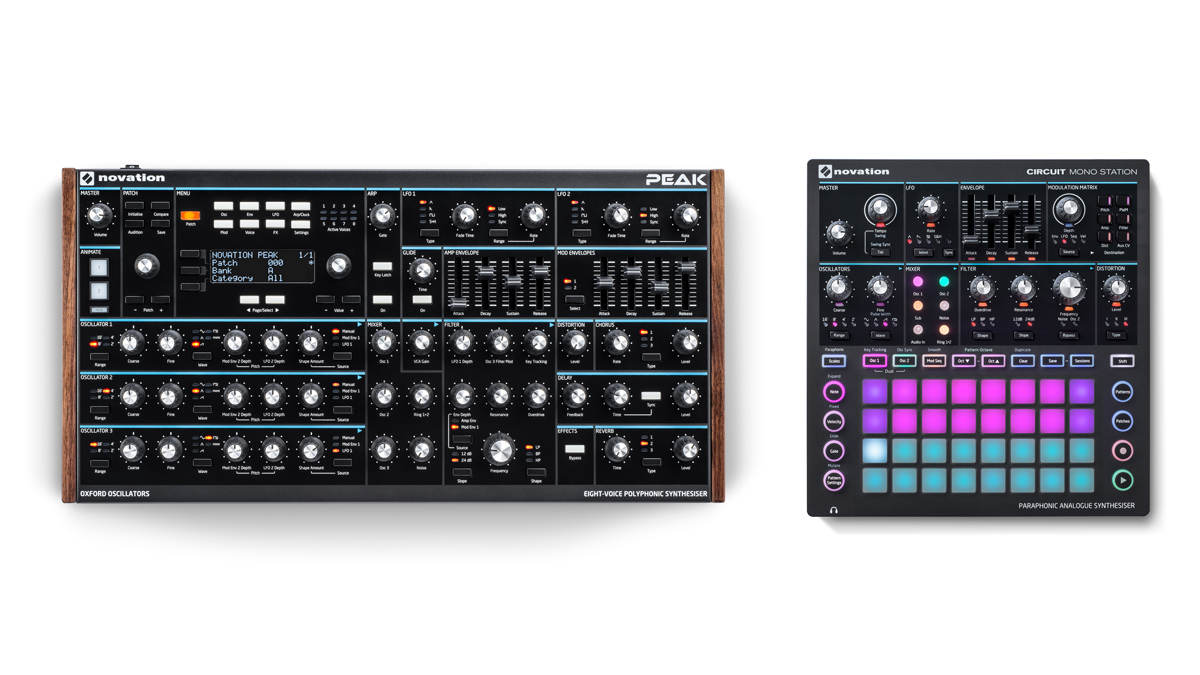
‘Analogue’ isn’t necessarily a term you’d regularly associate with Novation. Aside from the Bass Station, released in 1993, and 2013’s excellent MkII version, the vast majority of the products that the UK brand has released over the past two decades have been thoroughly digitally-minded, from the Nova range of synths to the Launch series controllers.
That’s about to change, though, with the launch of two new products that sit firmly within the analogue hardware realm: Circuit Mono Station and Peak. Both of these feature largely analogue sound engines and CV/gate compatibility.
It’s not a complete design u-turn, however, as each keeps one foot in the digital camp with an assortment of sound and sequencing trick borrowed from Novation’s other product lines.
Peaky blinder?
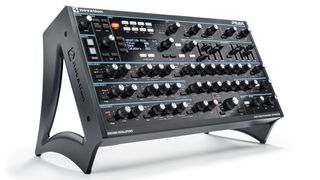
Peak is an eight-voice desktop polysynth module. Its sound engine is based around three ‘New Oxford Oscillators’ which come courtesy of consultant Chris Huggett, the synth design stalwart behind Wasp and OSCar, as well as a number of Novation’s own classics, including the SuperNova and Bass Station. These are numerically-controlled oscillators, which combine analogue-style operation with 17 digital wavetables and linear FM capabilities.
Peak builds on this digital sound source with an analogue signal chain, featuring a multimode resonant filter for each voice along with a trio of distortion points - pre-filter, post-filter and global. Beyond this the synth packs a 16-slot modulation matrix, including three ADSR envelopes and two LFOs for each voice. Peak supports polyphonic aftertouch, too, and also features two ‘animate’ buttons, designed for one-touch transformation of patches.
At the end of the chain there are reverb, delay and chorus effects, along with an arpeggiator.
Another lap of the Circuit
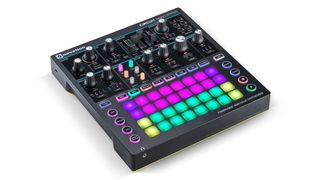
Circuit Mono Station, as its name suggests, is derived from Novation’s excellent and approachable Circuit groovebox. Mono Station swaps out the digital synths and sample section of its predecessor in favour of a paraphonic analogue engine based on the Bass Station.
Get the MusicRadar Newsletter
Want all the hottest music and gear news, reviews, deals, features and more, direct to your inbox? Sign up here.
The synth offers two oscillators, each with Square, Saw, Triangle and Sample + Hold modes, plus oscillator sync, ring mod, a sub oscillator and noise generator. Beyond this there’s a multimode filter, envelope section and built-in overdrive.
The Mono Station features three sequencer channels based around those found in the original Circuit. Since its synth is paraphonic, two of these can be used to sequence its oscillators separately, while the third can be used as a modulation source.
On that front, Mono Station also packs a four-by-eight modulation matrix, which can be used to route the multimode LFO, envelope, sequencer or velocity to a variety of synth parameters.
Both Peak and Mono Station feature MIDI and CV compatibility. The former packs MIDI In and Out ports plus a CV modulation input, while the latter has MIDI I/O and a CV/gate output, enabling its sequencers to control external hardware. Both also feature USB connections, enabling DAW sync and patch storage/upload via Novation’s Components application.
We’re still waiting on prices and release dates, but rest assured that we’re keen to get our hands on Peak and Circuit Mono Station as soon as possible. Find out more on the Novation website.


I'm the Managing Editor of Music Technology at MusicRadar and former Editor-in-Chief of Future Music, Computer Music and Electronic Musician. I've been messing around with music tech in various forms for over two decades. I've also spent the last 10 years forgetting how to play guitar. Find me in the chillout room at raves complaining that it's past my bedtime.
